Dream Refuge for Children Imprisoned
Artist Statement
I began this installation process with “The Innocent Dreamer” the first sleeping child I drew in honor of the Japanese American children imprisoned at Tanforan Racetrack in San Bruno after the Pearl Harbor attack. I stuffed the girl’s mattress with hay and was instantly transported to that time, experiencing the smell and itchiness, and the insult of having to make my bed to sleep in a horse stable. The life size child drawing elicited tearful memories of those who were children in American concentration camps. She touched all kinds of people’s hearts and souls. She brought home the horror of imprisoning children as terrorists in our country.
Then the shock of the treatment of Central American children at our borders bombarded me, and I did what I always do - express my activism through art.
I expanded the project to include more sleeping children to connect the US history of incarcerating children to the atrocities happening to children being imprisoned and separated from their families today.
While the children safely slumber in the Dream Refuge, one can hear the realities of their experienced trauma, and know that it may still affect them now. The drawings represent Japanese American children that were incarcerated for years in American concentration camps during WWII (my own father being one of them), American Indian boarding school children who were denied their culture and were taken from their communities, and the Central American children who are imprisoned, separated from their families, and living in squalid, unsafe conditions at the border.
I conducted interviews and collected writings of those incarcerated during their childhood. You can hear their voices expressing portions of their stories.
The viewers were invited to participate in the community altar by writing their thoughts and blessings and placing them there.
The Dream Refuge for children imprisoned was also installed outside under a beautiful canopy of eucalyptus trees in Upper Fort Mason in San Francisco in 2019. I conducted a ritual with performance artists Ellen Bepp and Kallan Nishimoto that began with a procession to the installation with traditional Japanese instruments creating the rhythm. Participants stood in a circle around the sleeping children and listened to their recorded stories while a sound ritual was conducted.
Art and the unconscious can be so magical. Interestingly, I felt something familiar as I drew these sleeping children for over a year. Suddenly I recalled the vision that came to me almost 10 years earlier. I was in a beautifully lit large cave and before me were many sleeping children. I was told I was the caregiver of these rainbow children. My recreated dream honors and acknowledges the history and resilience of these children. Let us embrace all children as our own, as ourselves, as our future.

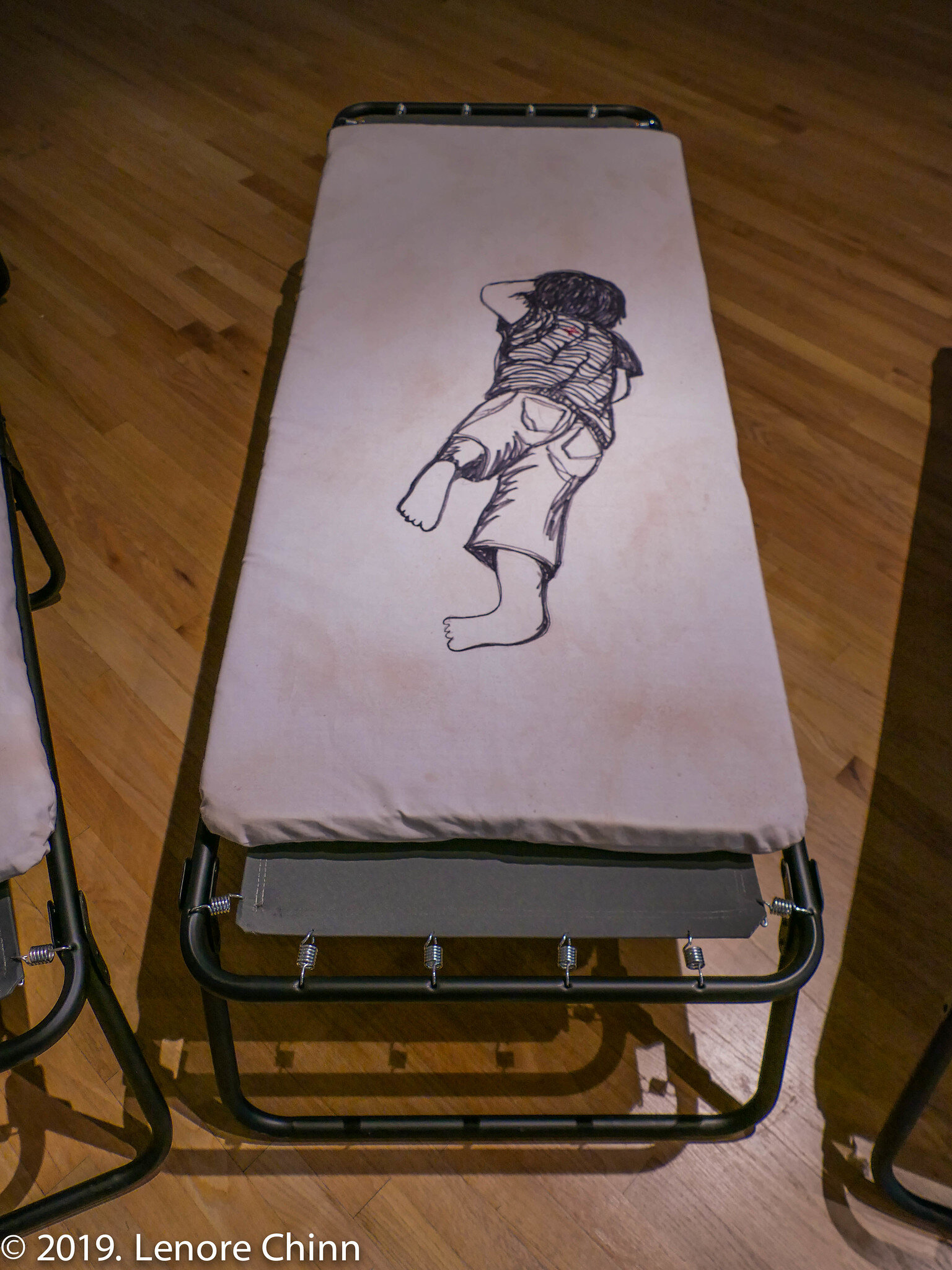
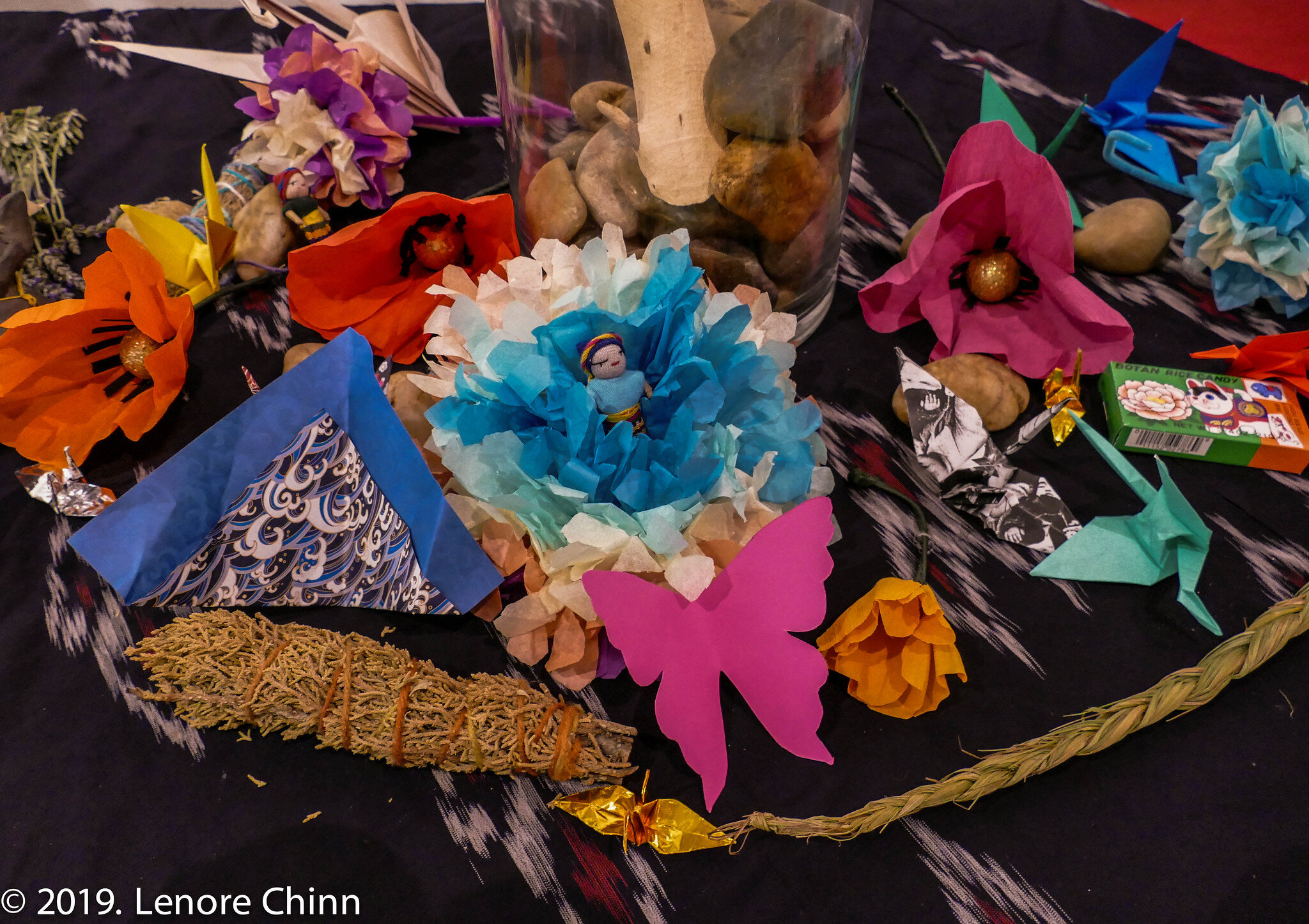

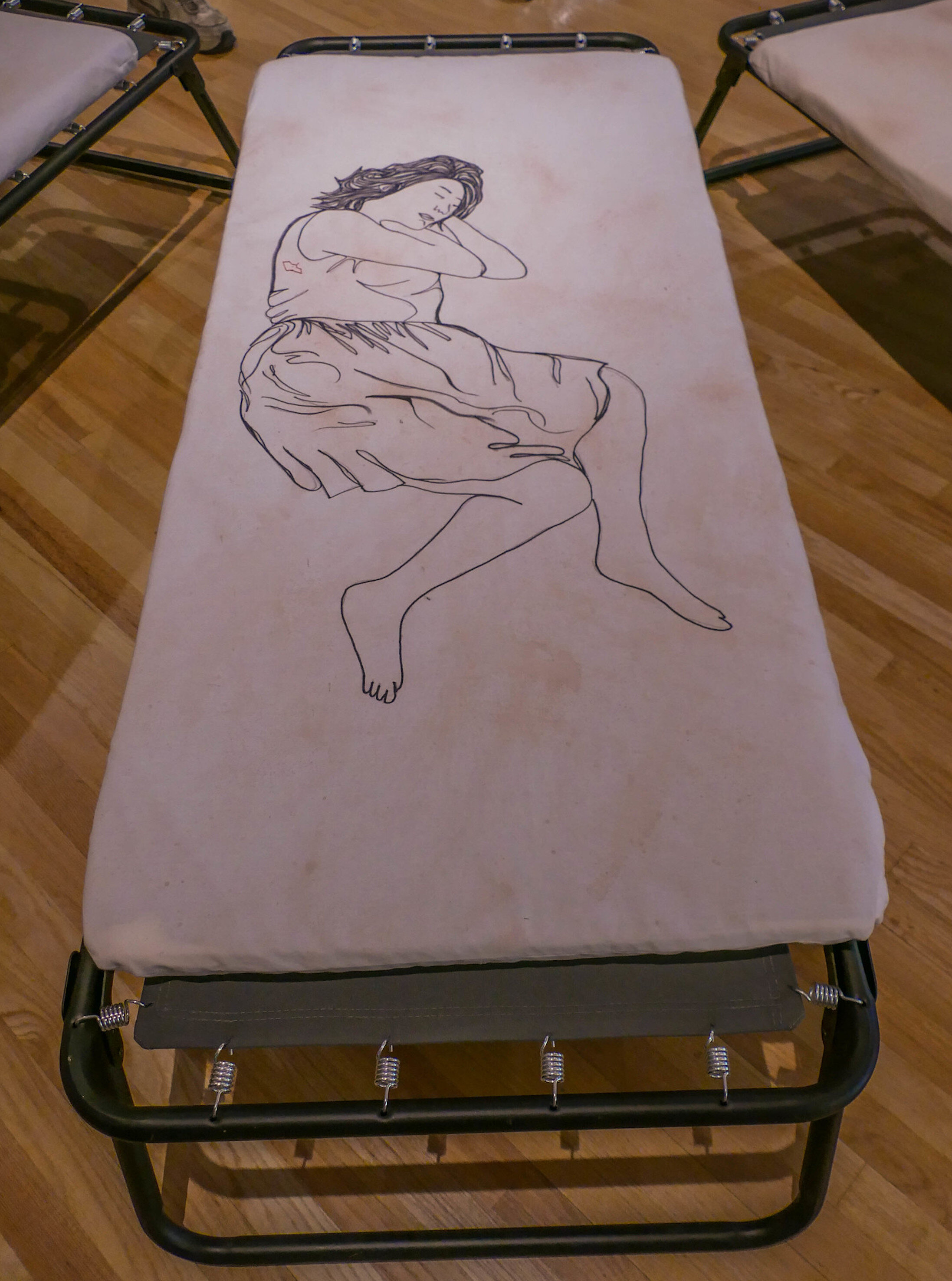
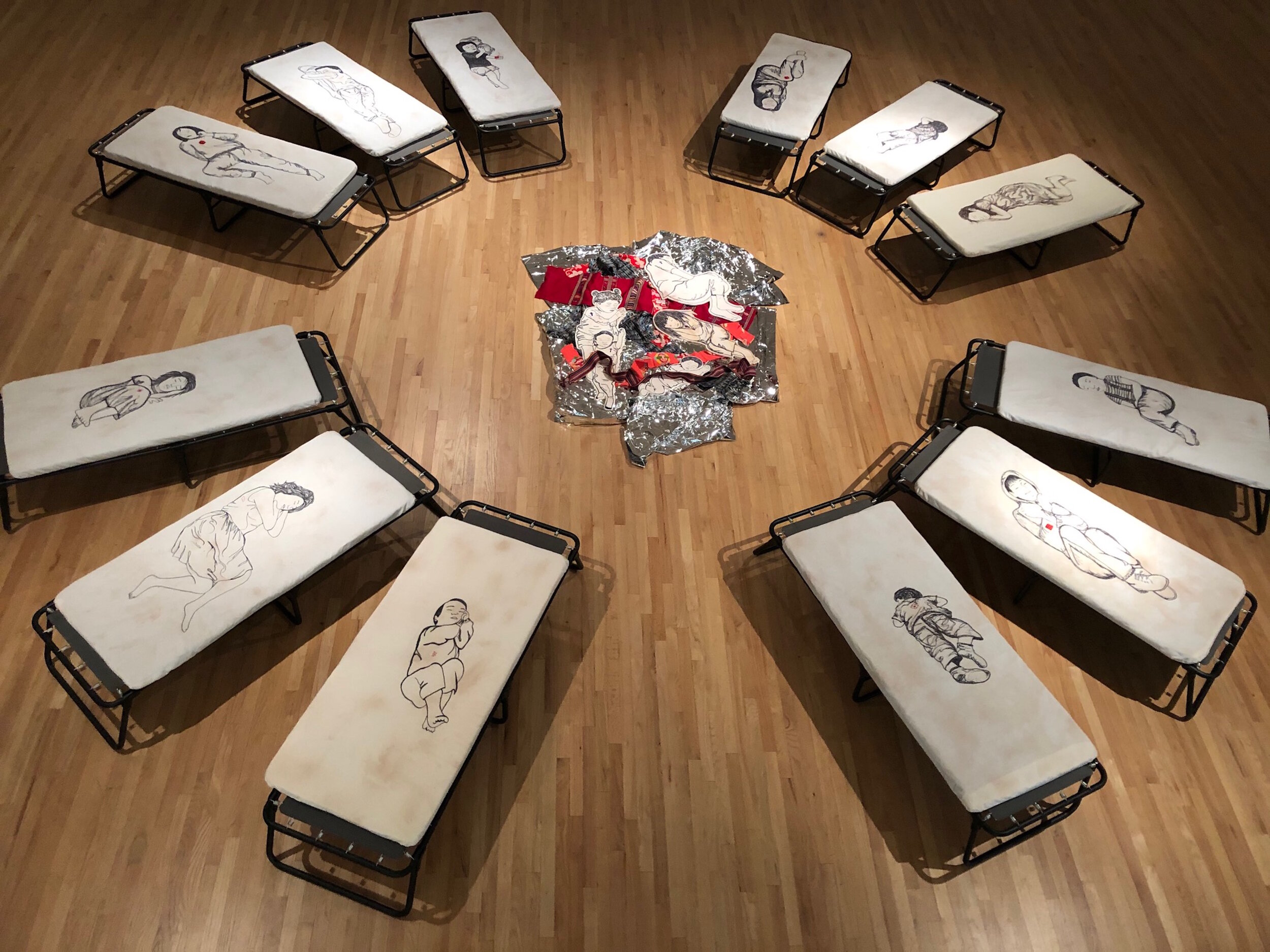
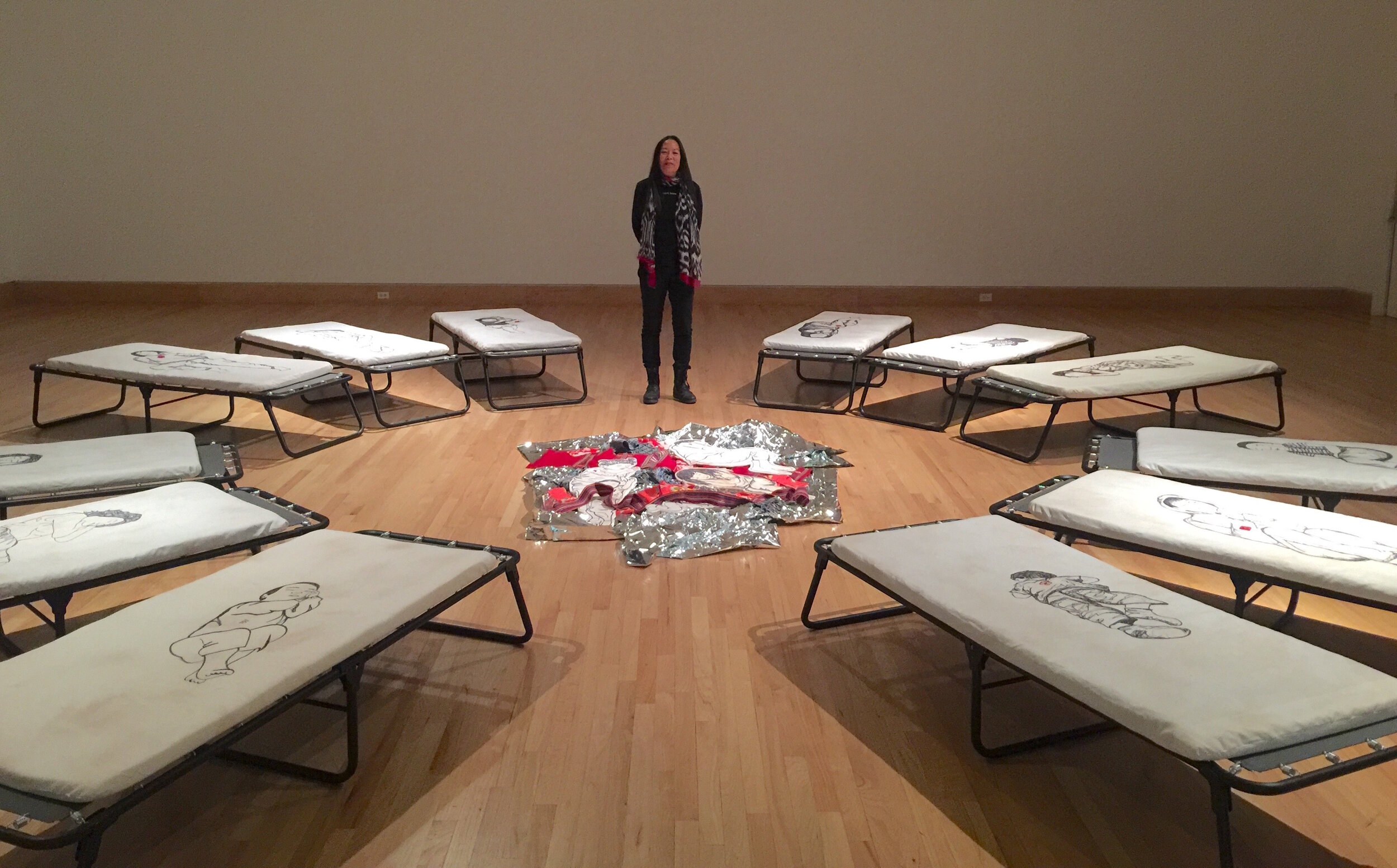
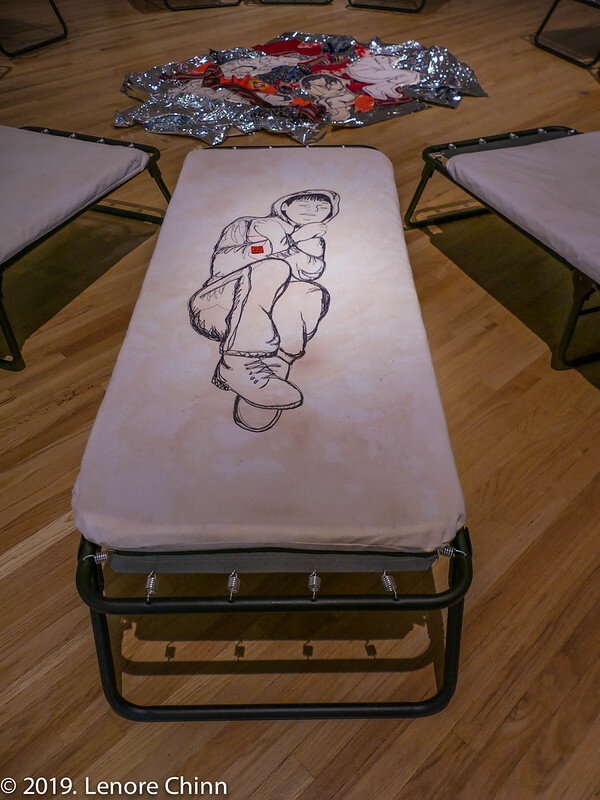
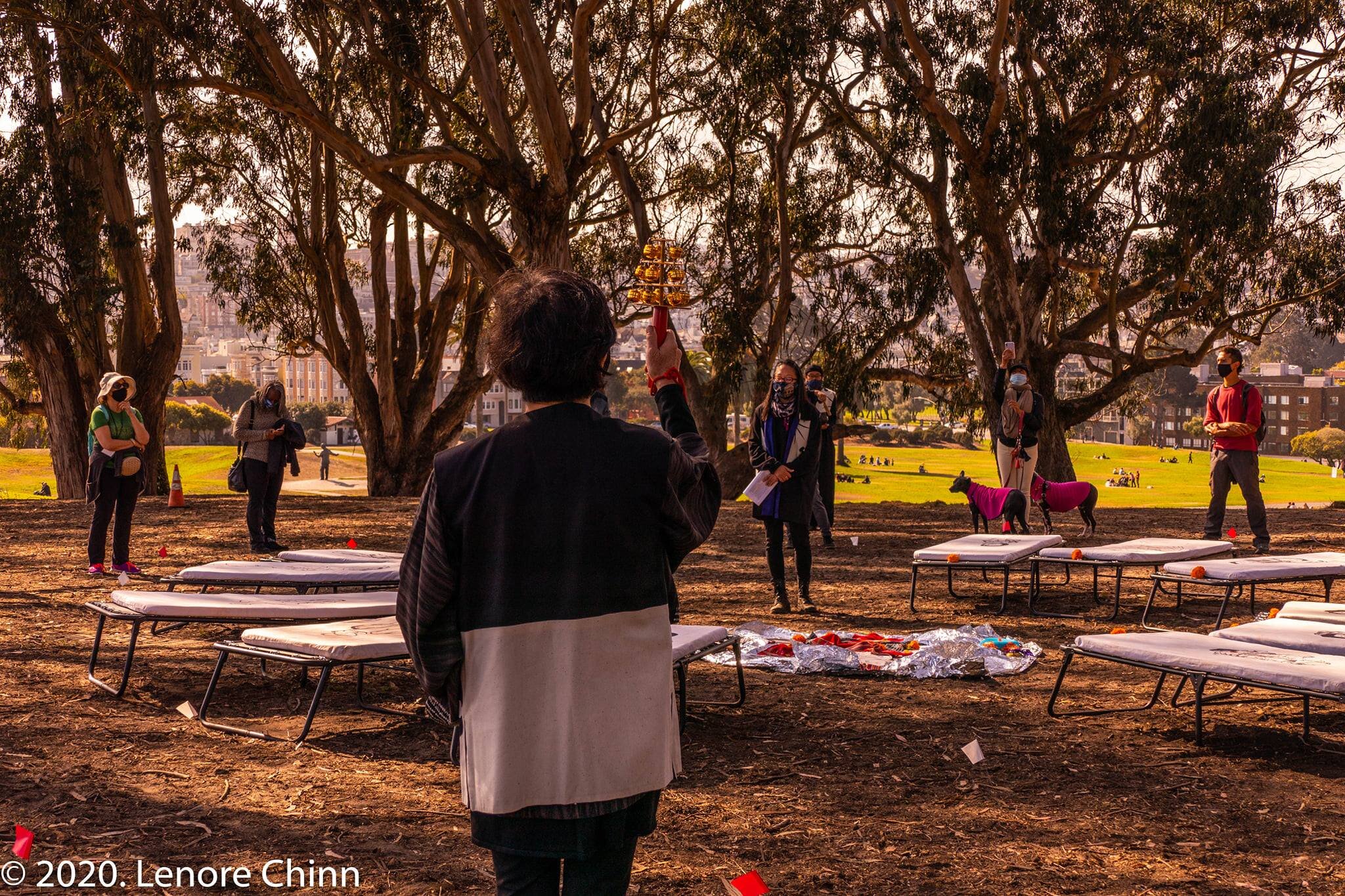

Na Omi Judy Shintani (she/her)
Shintani’s artistic career focuses on community engagement, art concerning culture, the Japanese American Incarceration, and women’s issues. Shintani has exhibited throughout the United States and internationally including at the Canadian Anthropology Society CUBA Conference in Santiago, Cuba, Fresno State, JFKU, Springfield College, MA, University of Pittsburgh, Station Museum in Houston, Santa Fe Art Institute, Peninsula Museum of Art in Burlingame, 516 Arts in Albuquerque, artExchange Gallery in Seattle, the San Francisco Presidio. She recently had a solo exhibition at Triton Museum of Art in Santa Clara and conducted a performance with the San Francisco International Arts Festival at Ft Mason.
Na Omi was honored with an Asian Pacific Islander Cultural Center Sponsorship Award (2014) for curating “Our American Stories, Illuminating Asian American History, Culture, and Identity” at City College Of San Francisco. She was the recipient of the Peninsula Arts Council (2012) Award for donor support for her curation of Coastside Artists for Doctors Without Borders Art Auctions (2007-2013).
Shintani was awarded a fellowship at the Vermont Studio Center (2017), was an artist in residence at Santa Fe Art Institute (2015) and at Creativity Explored (2016) in San Francisco. Most recently Shintani was the artist and residence at San Joaquin Delta College in November 2019. She is on the faculty of Foothill Community College and an adjunct faculty for JFKU in Berkeley.
Na Omi earned her Master’s in Arts & Consciousness, Transformative Art from JFK University, Berkeley, and her Bachelor of Science in Graphic Design from San Jose State University. She attended San Joaquin Delta College and studied design, journalism, and biology.
Shintani owns and runs the Kitsune Community Art Studio in an old dairy barn in Half Moon Bay. She is a member of the Asian American Women’s Artist Association and the Northern California Women’s Caucus for Art.

